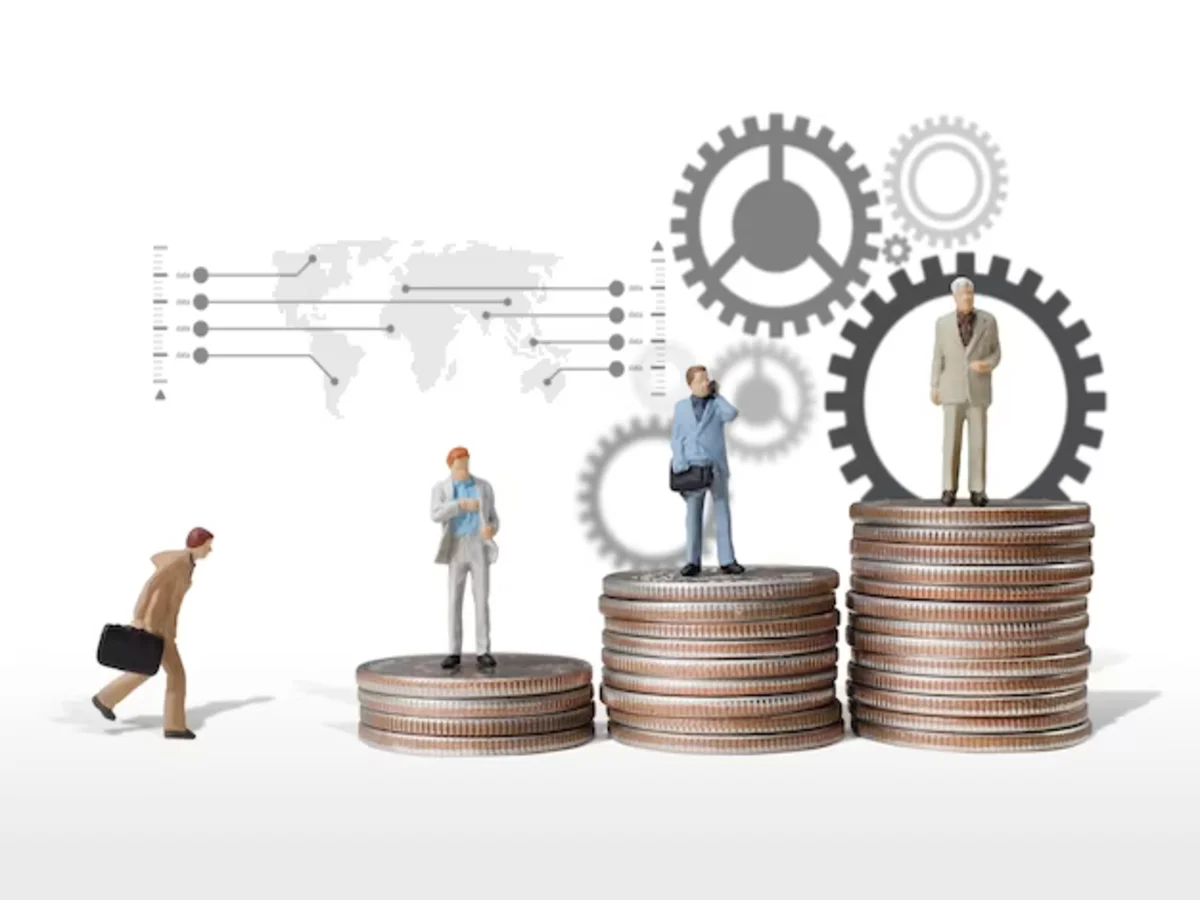Indian Society: Industrial Revolution Impact on Indian Economy and Society

The Industrial Revolution, a transformative period marked by mechanization, urbanization, and technological advancements, had a profound impact on Indian society and economy. Beginning in the 18th century, this era brought about significant changes that shaped the course of India’s development, altering traditional social structures and economic systems.
1.Industrial Revolution and Indian Economy: Transformation of Production
The Indian economy experienced a shift from agrarian-based production to mechanized industrial processes during the Industrial Revolution. Traditional cottage industries were disrupted as mechanized factories emerged, particularly in the textile sector. British colonial rulers exploited India’s resources to fuel their own industrial growth, leading to the export of raw materials and finished goods, which had far-reaching economic consequences.
2.Urbanization and Social Changes
The Industrial Revolution led to significant urbanization, as rural populations migrated to urban centers in search of employment opportunities in factories and industries. This mass migration resulted in the growth of crowded cities and the rise of slums, giving rise to new social challenges. Traditional social hierarchies began to shift as people from diverse backgrounds lived and worked in close proximity.
3.Impact on Labor and Working Conditions
The factory-based production system introduced by the Industrial Revolution brought about significant changes in labor practices. Factory workers, including women and children, were subjected to long working hours, poor wages, and hazardous conditions. This exploitation led to the emergence of labor movements advocating for better working conditions and labor rights.
4.Technological Advancements and Communication
Technological innovations during the Industrial Revolution also impacted communication and transportation in India. The introduction of the railway system facilitated the movement of raw materials and finished goods across the country, contributing to economic integration. Moreover, improvements in communication, such as the telegraph, enabled faster exchange of information, transforming trade and governance.
5.Colonial Exploitation and Deindustrialization
The Industrial Revolution intensified India’s colonial subjugation, as British authorities exploited the country’s resources to fuel their industries. This led to deindustrialization, where local artisanal industries suffered due to the flood of British manufactured goods. The Indian economy became dependent on colonial trade patterns, severely affecting its economic sovereignty.
6.Resistance and Social Movements
The adverse effects of the Industrial Revolution led to various forms of resistance and social movements in India. From labor uprisings to reform movements, the desire for change and empowerment gained momentum. The Industrial Revolution indirectly contributed to the growth of Indian nationalism, as intellectuals and leaders began to recognize the need for self-sufficiency and economic independence.
we can conclude this, The Industrial Revolution’s impact on the Indian economy and society was complex and multifaceted. While it introduced new technologies and facilitated economic integration, it also brought about exploitation, social upheaval, and dependency on colonial powers. This period laid the groundwork for subsequent socio-economic changes, shaping India’s path toward modernization and self-determination. Understanding these historical dynamics provides valuable insights into the roots of India’s contemporary economic and social landscape.
FAQs
1.How did the Industrial Revolution impact the Indian economy?
The Industrial Revolution brought about a shift from traditional agrarian-based production to mechanized industries. This transformation led to the growth of factories and the export of raw materials, contributing to economic changes. However, it also resulted in the exploitation of resources by British colonial rulers, which affected India’s economic sovereignty.
2.What were the social changes brought about by the Industrial Revolution in India?
The Industrial Revolution triggered urbanization as rural populations moved to cities for employment in factories. This migration led to the growth of urban centers and the emergence of new social challenges. Traditional social hierarchies were disrupted as people from diverse backgrounds lived and worked in close proximity.
3.How did the Industrial Revolution impact labor and working conditions in India?
The factory system introduced by the Industrial Revolution led to significant changes in labor practices. Factory workers, including women and children, faced long working hours, poor wages, and unsafe conditions. This exploitation resulted in the emergence of labor movements advocating for improved working conditions and labor rights.
4.What role did technological advancements play during the Industrial Revolution in India?
Technological innovations brought about improvements in communication and transportation. The introduction of the railway system facilitated the movement of goods across the country, enhancing economic integration. Additionally, communication advancements like the telegraph enabled faster information exchange, transforming trade and governance.
5.How did the Industrial Revolution influence resistance and social movements in India?
The adverse effects of the Industrial Revolution led to various forms of resistance and social movements. Labor uprisings and reform movements emerged as a response to exploitation and social challenges. The Industrial Revolution indirectly contributed to the growth of Indian nationalism, as leaders recognized the need for self-sufficiency and economic independence in the face of colonial exploitation.


